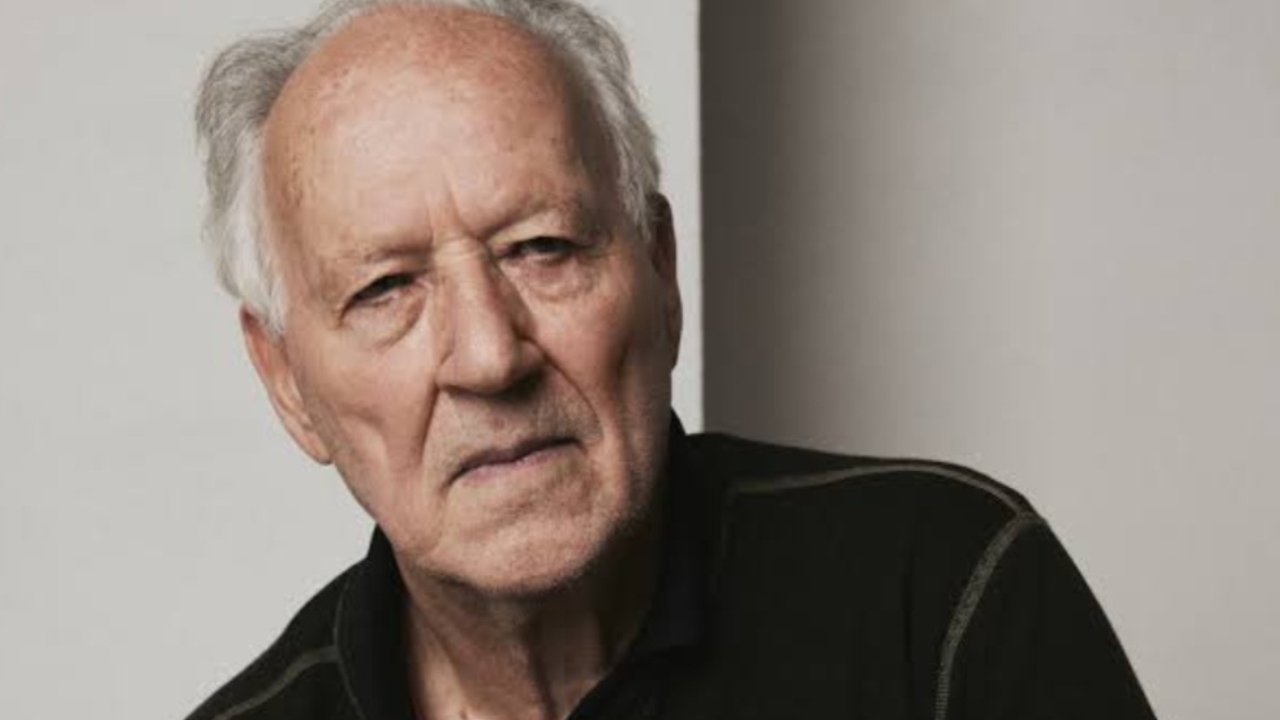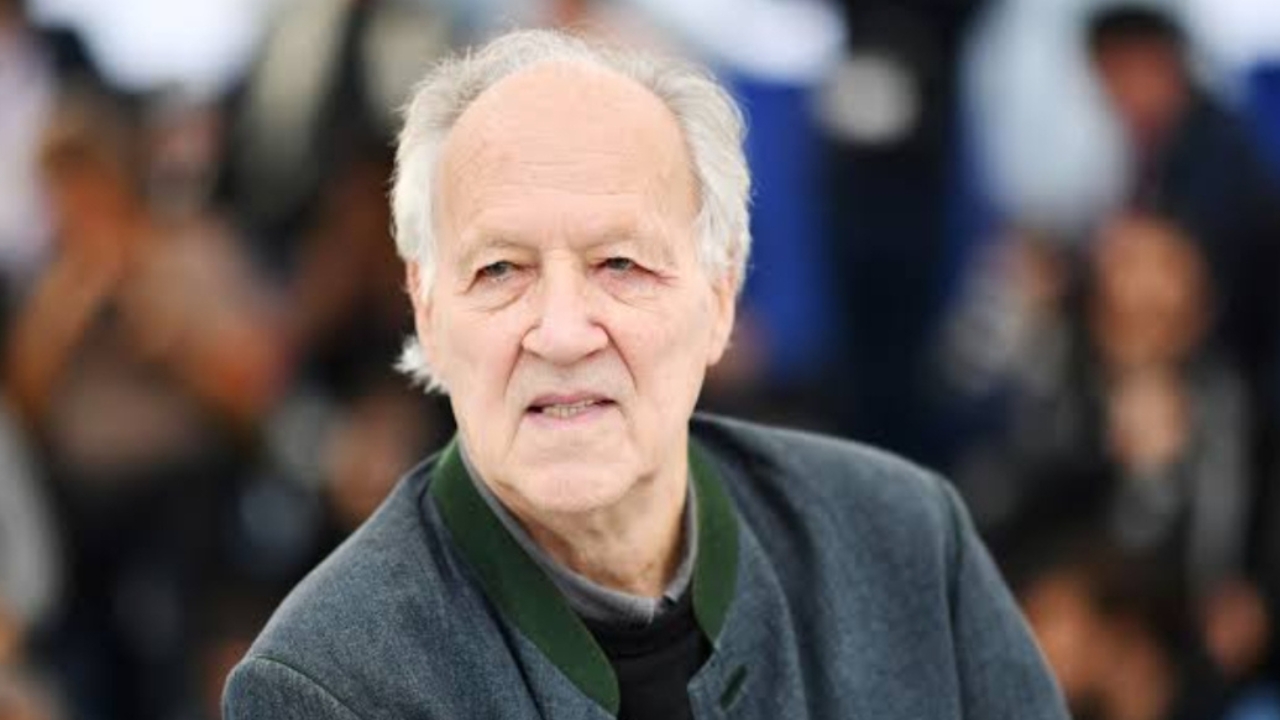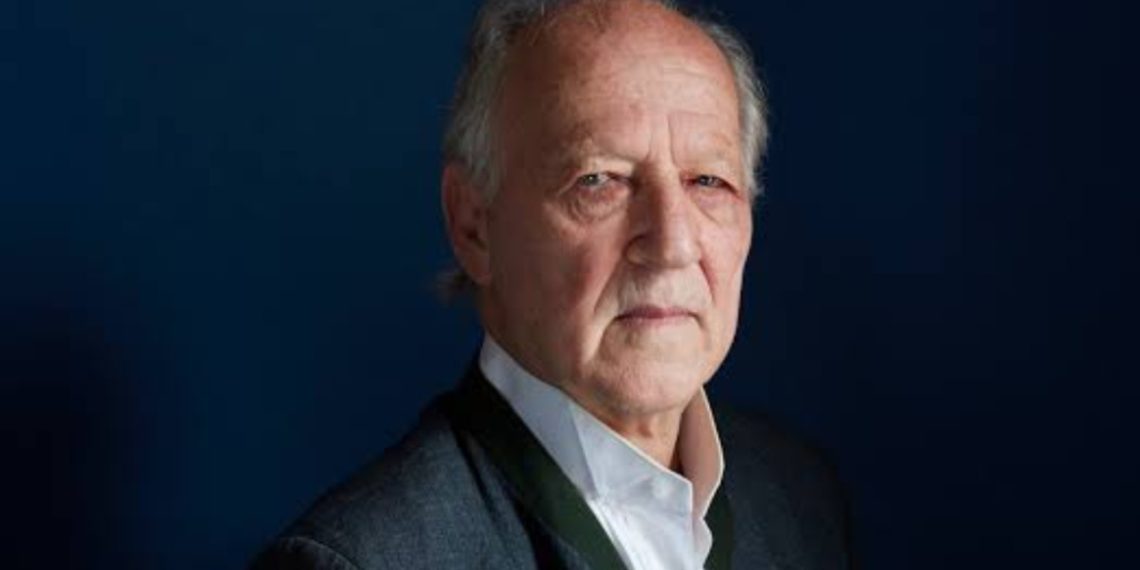Werner Herzog, a prolific German filmmaker, producer, screenwriter, actor, author, and opera director, has accumulated a net worth of $20 million over the course of his remarkable career.
Widely recognized as one of the pioneering figures of the New German Cinema movement, Herzog has crafted a diverse body of work that spans feature films, documentaries, television appearances, and books.
His career, which began in the late 1960s, has been marked by his distinctive approach to filmmaking, characterized by a unique blend of fiction and documentary styles, often exploring themes of isolation, human endurance, and nature’s overwhelming force.
Early Life and Education
Werner Herzog was born on September 5, 1942, in Munich, Germany, to a Croatian-Austrian mother, Elisabeth, and a German father, Dietrich. Raised in the remote Bavarian village of Sachrang, Herzog’s early life was shaped by hardship.
The family lived without running water or a flushing toilet, and his father abandoned them when Herzog was still a child.
These early experiences of isolation and hardship likely influenced Herzog’s later cinematic themes.
At the age of 19, Herzog embarked on his filmmaking journey, directing his first short film, Herakles. He briefly attended the University of Munich, where he studied literature and history, before moving on to Duquesne University in Pittsburgh, Pennsylvania, to further his education in film.
Herzog’s formative years were filled with a passion for filmmaking and music, which would later inform his filmmaking style.
Early Film Career
Werner Herzog’s entry into the world of cinema was marked by his collaboration with filmmakers like Rainer Werner Fassbinder and Volker Schlöndorff, who were also central figures in the New German Cinema movement.

Herzog’s first feature film as a writer and director was Signs of Life (1968), which won the Silver Bear at the Berlin International Film Festival, helping to establish his reputation in the German film industry.
This success was followed by his first documentary, The Flying Doctors of East Africa (1971), which cemented his versatility as both a documentarian and a filmmaker of fiction.
Herzog’s breakthrough came in 1972 with Aguirre, the Wrath of God, a historical drama that told the story of a Spanish expedition through the Amazon jungle.
The film, starring Klaus Kinski, became a major critical success and is regarded as one of the greatest films in world cinema.
This marked the beginning of Herzog’s long collaboration with Kinski, a partnership that would see the release of several films together, including Nosferatu the Vampyre (1979) and Fitzcarraldo (1982).
Notable Films and Documentaries
Herzog’s career spanned both narrative features and documentaries, with his work often exploring themes of human folly, isolation, and the struggle against nature. Throughout the 1970s and 1980s, he produced some of his most influential works:
- The Enigma of Kaspar Hauser (1974) won the Grand Prix at the Cannes Film Festival, and Nosferatu the Vampyre (1979) was a haunting remake of the classic 1922 film.
- Fitzcarraldo (1982), an epic adventure about a man’s obsession with bringing opera to the jungle, became infamous for its difficult and dangerous production. Herzog’s drive to complete the film in such harsh conditions led to the documentary Burden of Dreams (1982), which chronicled the making of the film.
- Grizzly Man (2005) became one of Herzog’s most successful documentaries, following the life and tragic death of Timothy Treadwell, a bear enthusiast who lived among the grizzly bears of Alaska. The film received widespread acclaim for its profound exploration of human interaction with nature.
Later Career and Opera Direction
Beyond film, Herzog expanded his artistic reach into the world of opera. Since the 1980s, he has directed several operas, including productions of “Doktor Faust,” “Lohengrin,” “Il Guarany,” “The Magic Flute,” and “Parsifal.”

These ventures further highlight Herzog’s diverse artistic capabilities, which span more than just the cinematic world.
Throughout the 2000s and 2010s, Herzog continued to make both fiction films and documentaries.
Notable works include Rescue Dawn (2006), a war drama based on the true story of a U.S. Navy pilot, and Into the Abyss (2011), a documentary about a death row inmate.
Queen of the Desert (2015), a biographical drama about Gertrude Bell, and Salt and Fire (2016), a thriller about environmental disaster, were among his more recent works.
Acting Career
In addition to his work behind the camera, Herzog has also made his mark in front of the camera. Known for his distinctive voice and mannerisms, he has appeared in a number of television shows and films.
His voice has been featured in animated series such as “The Simpsons,” “Rick and Morty,” and “Metalocalypse.”
Herzog also appeared in the 2012 action film Jack Reacher, opposite Tom Cruise. His involvement in Disney+’s “The Mandalorian” (2019) brought him into the Star Wars universe, further expanding his reach to a global audience.
Legacy and Impact
Werner Herzog’s impact on cinema is undeniable. With over 60 films to his name, he has influenced countless filmmakers and gained respect across the globe.
His documentaries have set a standard for the genre, blending philosophical exploration with narrative storytelling in ways few have replicated. Herzog’s work continues to be celebrated by audiences, critics, and academics alike, and his legacy as one of the greatest filmmakers of his generation is secure.




